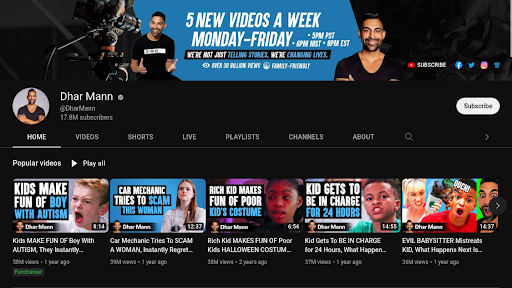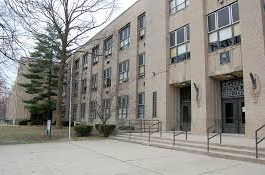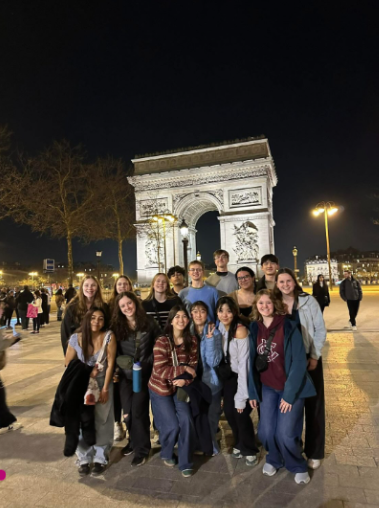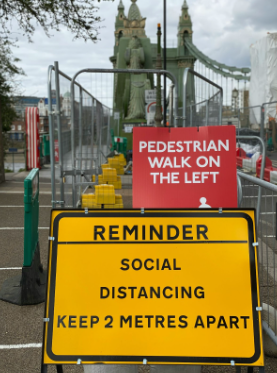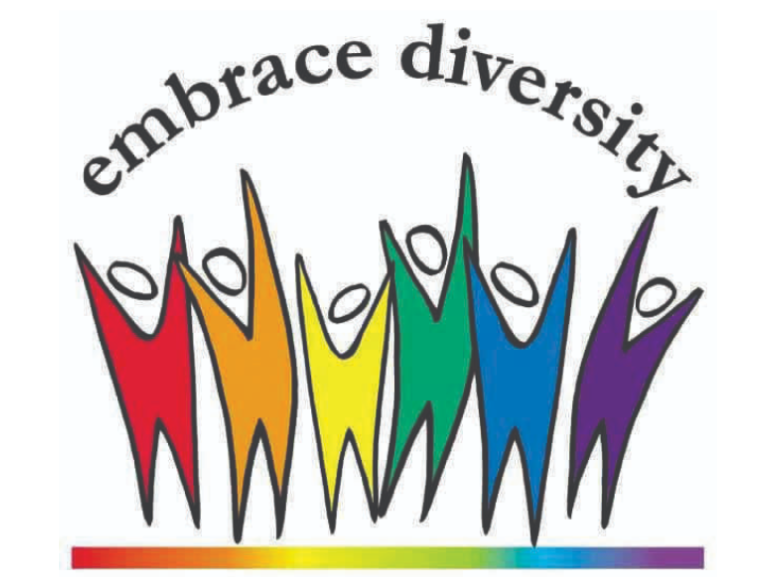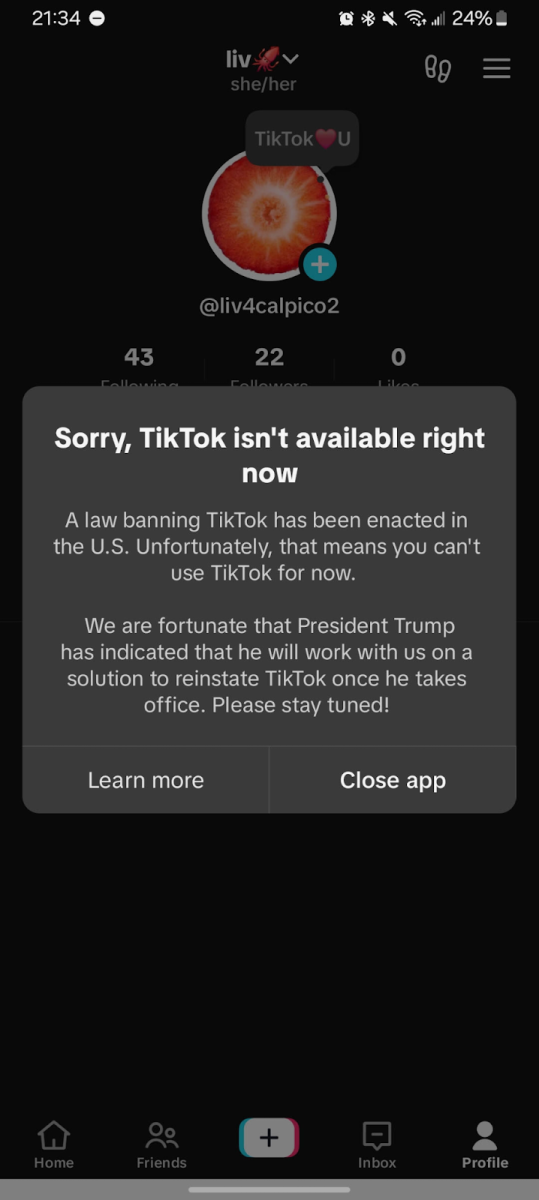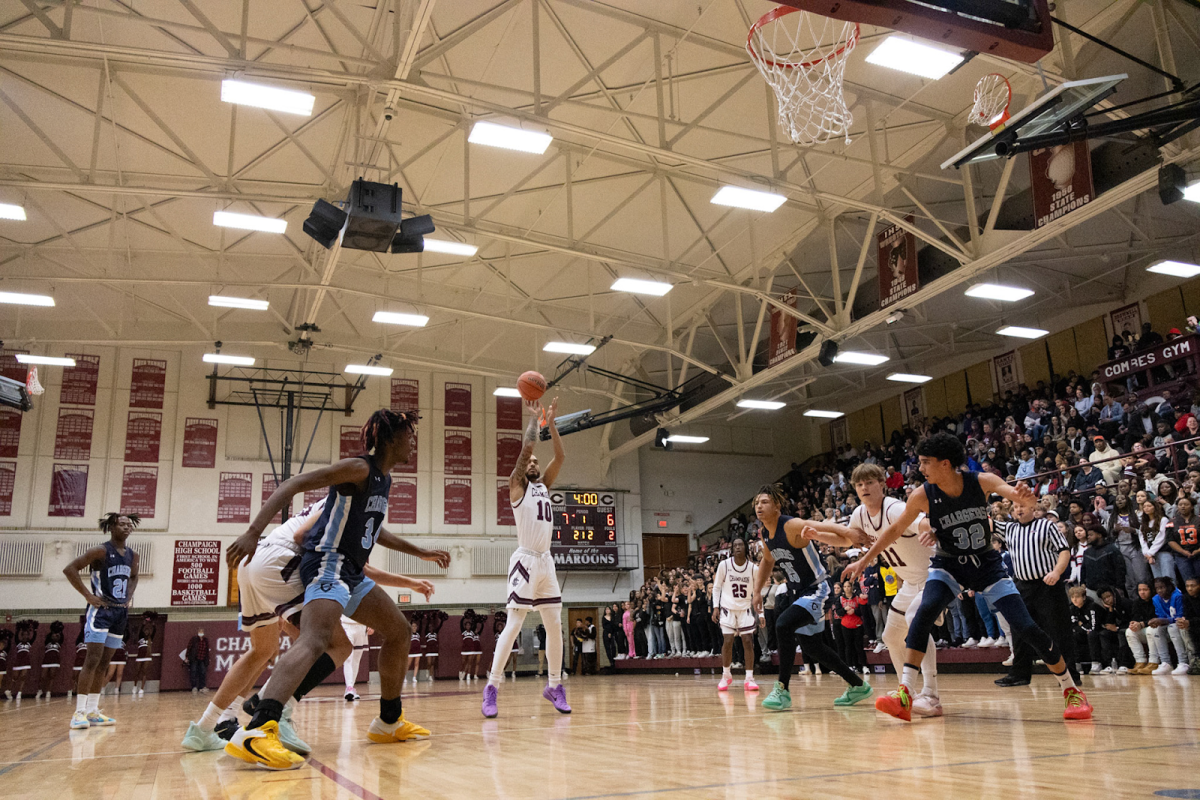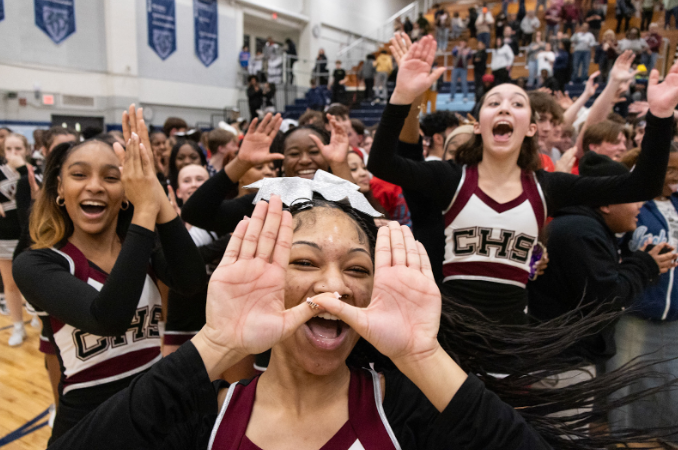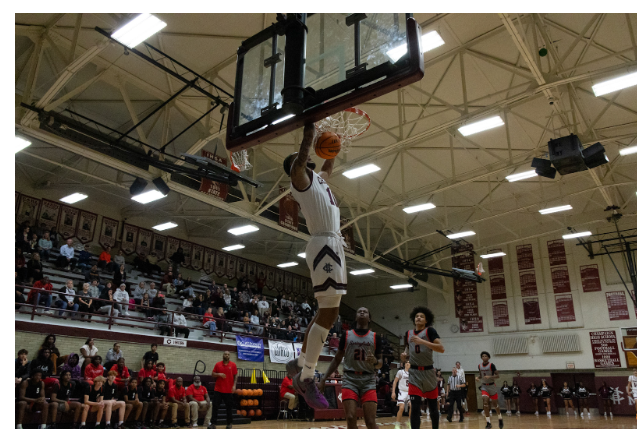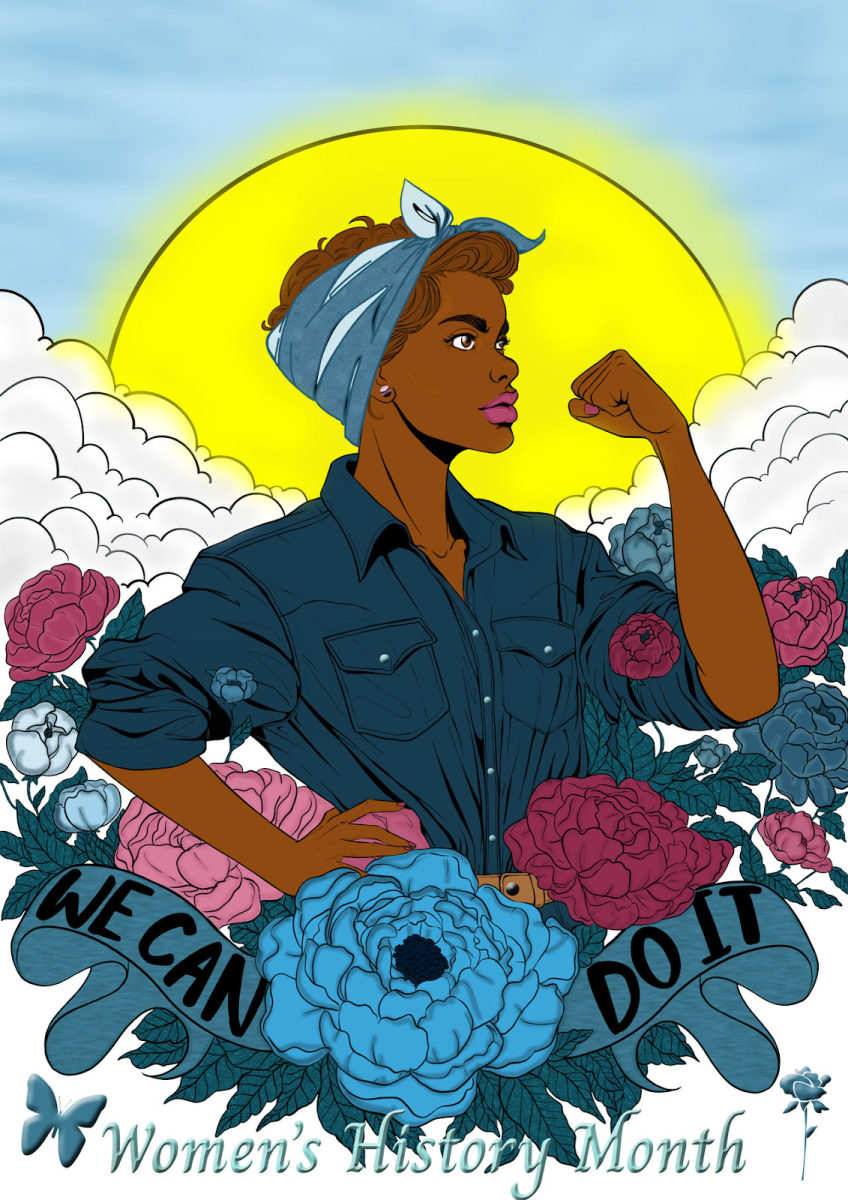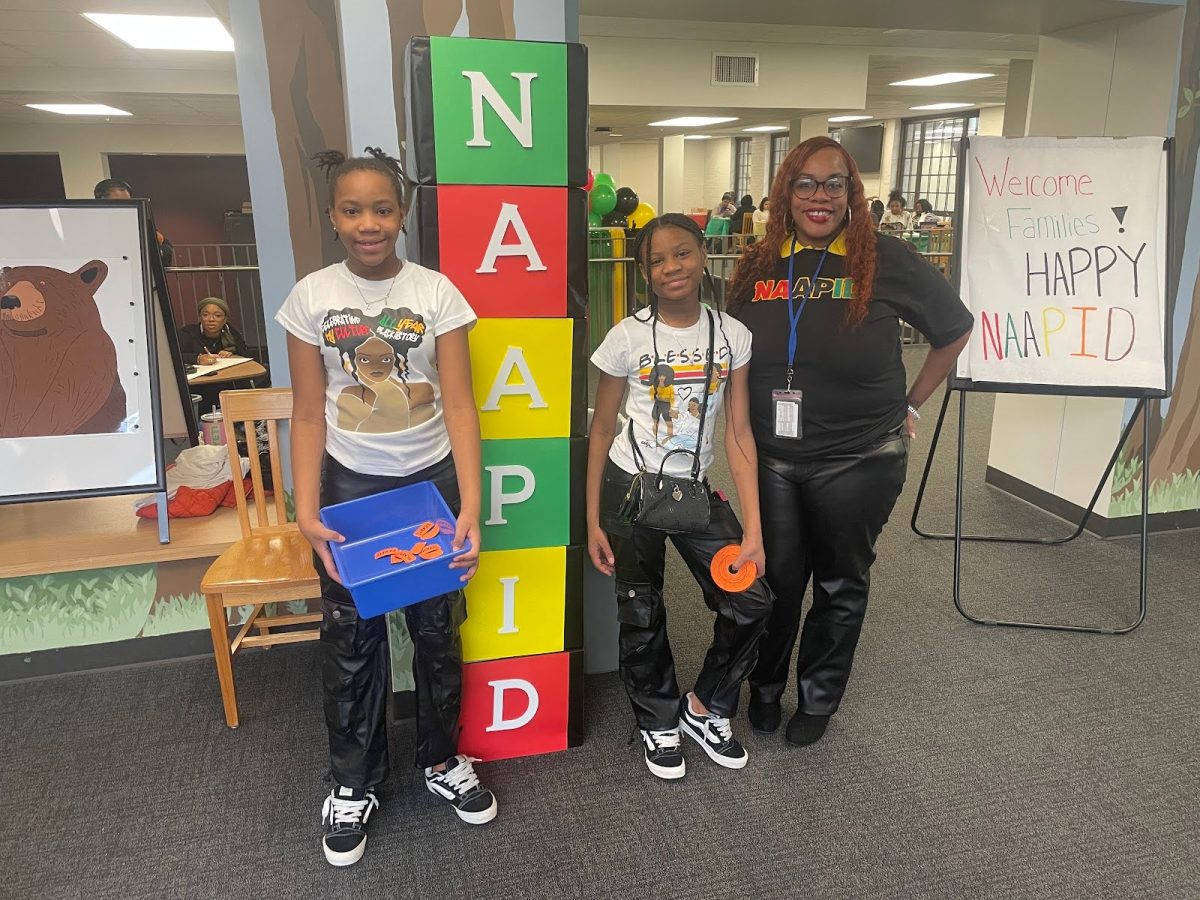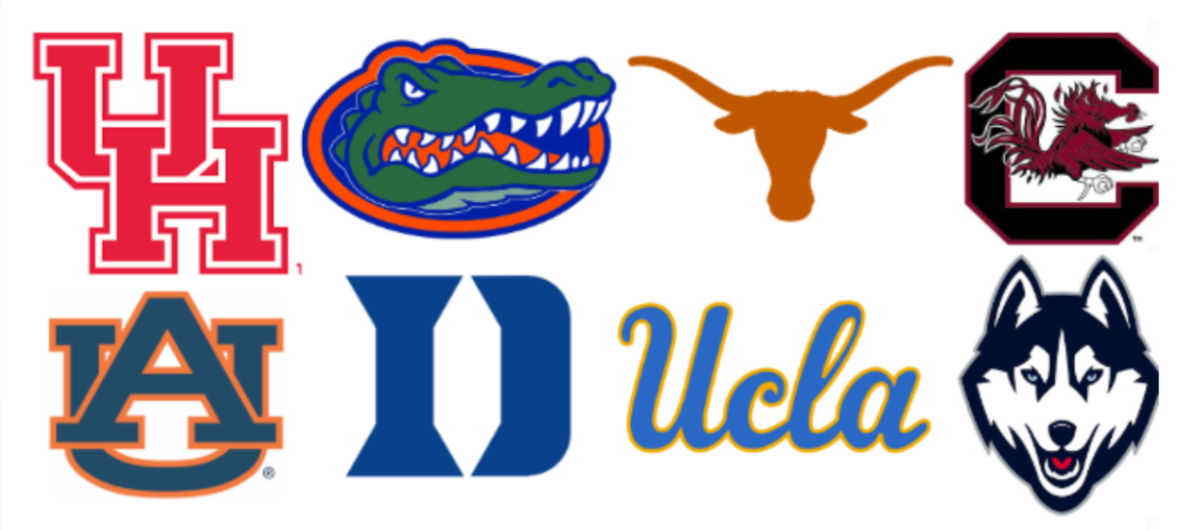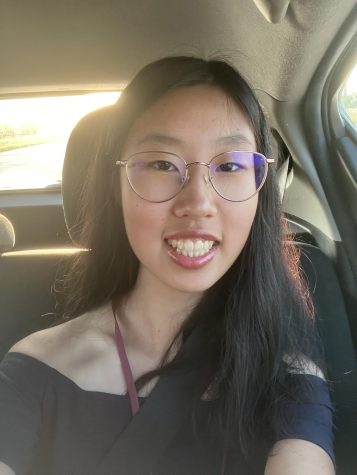The Problem With College Admissions

May 15, 2023
The college application process can be draining at times. I know, because I went through it in the middle of my senior year, near the end of 2022. Filling out multiple applications, having to pay money to send my application to certain schools, and waiting months to hear back is frustrating at best and hair-pulling maddening at worst. When decisions started coming in, the rejections and waitlists were disheartening. The worst part of it all, though, was when I started to research the college admissions process and I quickly realized that college admissions is more than a bit biased. The biggest problem I saw in college admissions was not affirmative action (a big issue in today’s society), nor the Common Application (which only serves to inflate application numbers), but the blatant and implicit favoritism towards affluent students through a variety of issues.
The first major issue with college admissions is the lack of transparency, especially with colleges that holistically review each application. Analyzing numbers to calculate whether or not to accept a student is relatively easy; a school can reject anyone with a low SAT or ACT score, or a low GPA, and it will make sense as to why they were rejected. In contrast, trying to judge someone’s character and potential for greatness just from an essay, extracurriculars, or accomplishments is hard. Qualitative data isn’t as intuitive as quantitative data; emotions and ‘mushy’ thinking become involved in the process, rather than the factual calculations of math. Students, therefore, deserve to know what universities are looking for when they read applications if a university utilizes holistic review because holistic review depends on the idea that universities are looking for specific character traits in the essays, activities, and letters of recommendation a student provides. One cannot highlight specific traits without knowing what those traits should be. A student can write an amazing essay, participate in fantastic extracurriculars, and have a stellar interview but still be rejected because the essay didn’t focus on the right subject or their extracurriculars didn’t display enough leadership, for example. If the student had known in advance what the school valued and what they specifically looked for, they would have had a better chance. Of course, parents who are rich enough can pay for professional help in getting their children into highly selective schools. Those professionals know more about what angle to take for each college and how to craft extracurriculars to boost acceptance probabilities, so the cons of opaque college admissions processes is nullified for affluent students.
Also, some colleges offer early decision application cycles, where one can apply and hear back from colleges earlier. They also usually have higher acceptance rates. The catch? If you get accepted, you have to attend that school, no matter what. Again, richer students are favored by this policy. Students without much money will not apply for early decisions because they would be required to attend without knowing how much financial aid they would get, and if the financial aid wasn’t enough, the student would just have to deal with it. Richer students, however, can afford to eat the costs, rather than depend on financial aid to carry them through college without big debts.
Plus, many highly selective schools, while supposedly championing affirmative action and the diversity of their classes, give priority to legacy students. The admission rate for a legacy student can be up to eight times the overall admission rate. Legacy students, who have familial ties to alumni from a specific college, are more likely to be affluent and white than the application pool as a whole because older classes at those colleges were likely to be affluent and white. By prioritizing legacy students, colleges limit the diversity of their incoming classes and give advantages to students who don’t need any more.
So what can we do to help make the application process more equitable for everyone, rather than favoring upper-class students only? Colleges should be more transparent with their data and application processes. On their websites, colleges advertise their racial diversity but make very little mention of socio-economic diversity. https://www.nytimes.com/interactive/projects/college-mobility, from the New York Times, gives data on colleges and the percentage of students in specific socio-economic percentiles. Many of the Ivy Leagues had a huge disparity between the number of students from the top 1% economically and the number of students even from the bottom 5%. This sort of data is important because it reveals the very present problem with college admissions: the obvious bias toward affluent students. And if America doesn’t realize a problem exists, there is no way to work towards fixing it. We should also eliminate legacy priority, which gives advantages to rich white students, and do away with the early decision or replace it with early action, which is not legally binding and effectively functions as an early regular decision round. This would eliminate worries about finding the best college value-wise for lower-income students and get rid of the advantage higher-income students have in terms of acceptance rates. While many of these policies are entrenched in college admissions processes, if we work to get rid of these inequities, we can make the college admissions process a much easier and equitable process.







